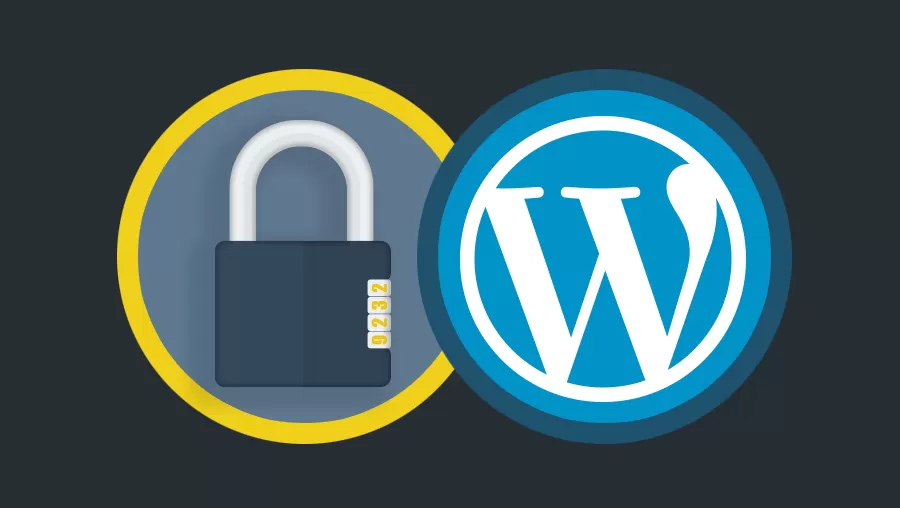1.Use only trustable hosts
You should only use hosting that is secure, dependable, and of high quality.Surely, this piece of advice is obvious.
When something breaks for the first time, pretty much everyone thinks their hosting is great.In reality, not all hosting providers and companies are created equal.
If you take a look at one of our hosting surveys, you can see how different people’s experiences with both the overall quality of their hosting and specific aspects of their hosting setups, such as speed, security, and reliability, are.
Some hosts are simply not good enough and struggle when under pressure.
The bad news is that most of the time, you will not even be aware that your host is not adequately protecting your website.Inadequate security measures may be to blame for low performance, frequent downtime, and an increase in hacker attacks.
Actually you’re not exactly going to “fix your host.”Moving to a more secure host is the simplest and most effective solution.
In general, the quality of your new host will improve with the amount you pay, but there are also options for those on a budget.
To make quick work of the point, we have examinations of the best facilitating choices post accessible in the connections box at the highest point of the page, in addition to the previously mentioned overviews where you can see what others say.
2. Protect your wp-config.php file
The most important file in your site’s root directory is wp-config.php, which contains important information about your WordPress installation.Protecting it requires safeguarding your WordPress blog’s core.
Since hackers cannot access the wp-config.php file as a result of this strategy, it is difficult for them to breach your website’s security.
The protection procedure is very simple, which is a bonus.Simply move your wp-config.php file to a directory that is higher than your root directory.
Now, the question is, how does the server access it if you store it elsewhere?The configuration file settings are prioritized highest in the current WordPress architecture.Therefore, WordPress can still view it even if it is stored in a folder above the root directory.
3. Disable file editing
Any files that are a part of your WordPress installation can be edited by a user who has admin access to your WordPress dashboard.All themes and plugins are included in this.
Even if a hacker gains admin access to your WordPress dashboard, no one will be able to modify any of the files if you prohibit file editing.
To make this work, add the accompanying to the wp-config.php record (at the end):
define('DISALLOW_FILE_EDIT', true);
4. Set directory permissions correctly
When working in a shared hosting environment, having incorrect directory permissions can be fatal.
If this is the case, changing the permissions on files and directories is a good way to protect the website at the hosting level.Setting the index consents to “755” and documents to “644” safeguards the entire record framework – registries, subdirectories, and individual documents.
Use the “chmod” command in the terminal (connected via SSH) or manually through the File Manager in your hosting control panel to accomplish this.
You can learn more about the best WordPress permission scheme by reading about it or by installing the iThemes Security plugin to see what your current permission settings are.
5. Disable site directory listing with .htaccess
If you add a new directory to your website but do not include an index.html file, you might be surprised to learn that your visitors will be able to view a comprehensive directory listing of everything in that directory.
For instance, if you make a directory called “data,” you can just type “http://www.example.com/data/” into your browser to see everything in that directory.Nothing or no password is required.
You can forestall this by adding the accompanying line of code in your .htaccess record:
Options All -Indexes

